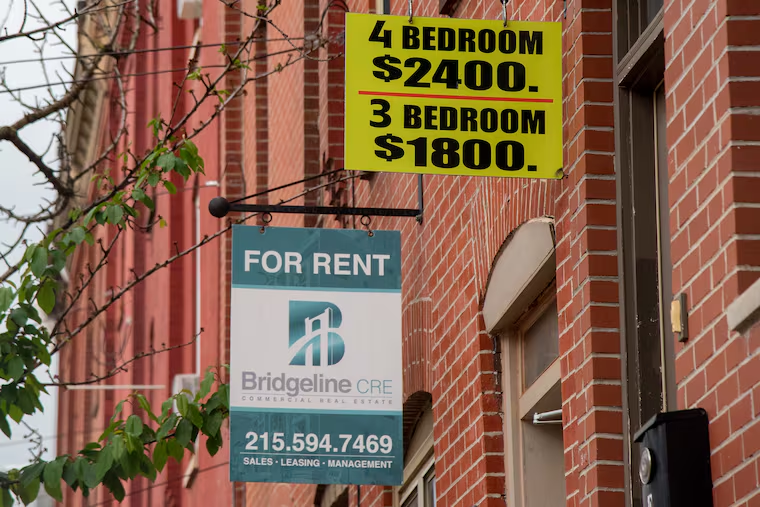Philadelphia set to run out of rental relief money in two weeks as it waits for federal funds
Even with another $35 million on the way, the city needs another $276 million to cover the pipeline of existing applications.

Even with another $35 million on the way, the city needs another $276 million to cover the pipeline of existing applications.
